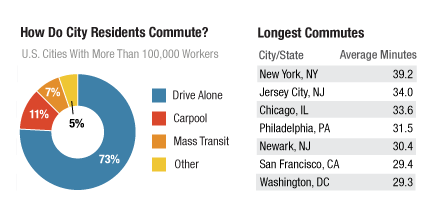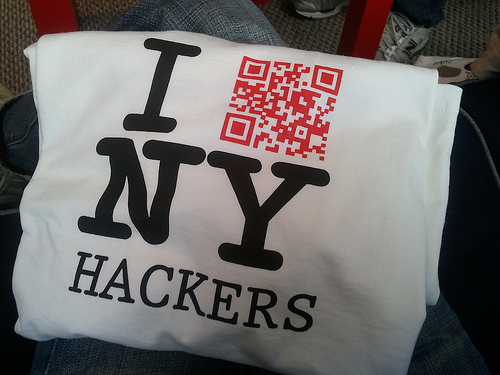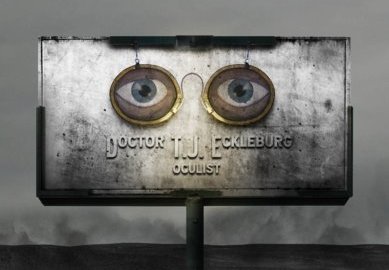You're on an interview, no I mean RIGHT NOW you're on an interview
In the epic Book of Basketball by Bill Simmons, legendary player (and failed executive) Isiah Thomas had the most compelling and profound observation about the sport. It was that the 'secret' of winning basketball wasn't about basketball at all - it was about the hundreds of other things like character, commitment, sacrifice, teamwork, etc. that had to be present for a team to actually realize their true potential and become champions. If you love basketball like I do, that concept sticks with you.
Much like Thomas' view that basketball wasn't really about basketball, could it be that the future of job seeking and more specifically interviewing, won't actually be about interviewing at all? Before you ask 'What the heck is he talking about?' check out what is happening, or at least starting to happen, in the high stakes recruiting world for software developers.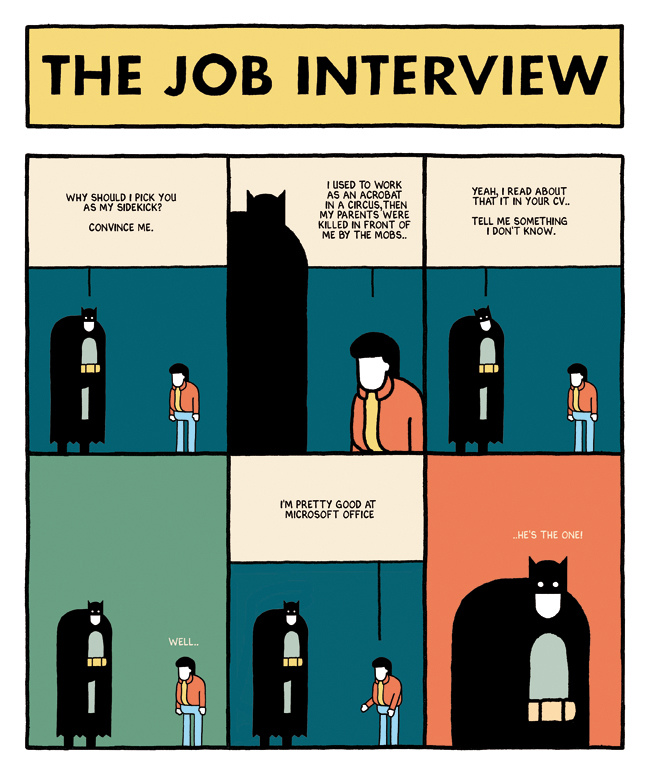
The San Francisco start-up Gild has created an algorithm that surfaces, evaluates, and rates software developers on the developers' public projects and code samples it finds on the web. The catch, that unlike every 'interview' or assessment typically conducted in the recruiting process, Gild is scoring developers behind the scenes. Programmers are not even aware it is happening, and don't have to give their permission.
How does this work?
Gild assembles profiles of individual developers from their contributions and activities in open-source forums and public websites. It can use formal APIs or simply “scrape” information from popular developer websites and communities. It takes all the data it can find and applies an algorithm to assign two scores, one for work quality, and one for influence in the software community.
And don't think for a moment that this kind of algorithmic-based rating will be necessarily limited to software developers. Here's more on the ambitions and potential Gild sees in this kind of approach to dynamic, always-on 'scoring' of candidates, from a recent piece in MIT's Technology Review:
For now, Gild is evaluating only software developers, whose work can often be freely found in repositories for open-source software, coder Q&A forums, and other online developer hangouts. But CEO Sheeroy Desai says that Gild hopes to bring its “talent acquisition technology” beyond the realm of software programmers, especially as more work products start to appear online.
This kind of real-time, background assessment, while being perhaps invasive or even creepy for candidates, could certainly benefit HR and Recruiters, who can check if resume details, letters of recommendation, and even 'real' interview observations seem to jibe with the Gild score. And maybe they can even use something like the Gild score to surface potential candidates that their normal assessment process would exclude - say the lack of a college degree or the requisite '5 years of progressive experience.'
Either way it seems like the approach Gild is taking is just the first step in what is to come - a world where every action, comment, blog post, tweet, etc. becomes an input into a algorithm and feeds a dynamic professional/personal profile that increasingly will be utilized as a tool into the hiring process. I'm actually ok with this, by the way.
And since we are soon approaching a world where we are ALWAYS on a job interivew, I feel I better start publicly answering some of the most common interview questions. I'll start with an easy one:
Interviewer: So tell me, what is your biggest weakness?
Me: I simply work too hard, care too much, and demand perfection out of myself and my team.
That ought to pass me on to the second-round I think.
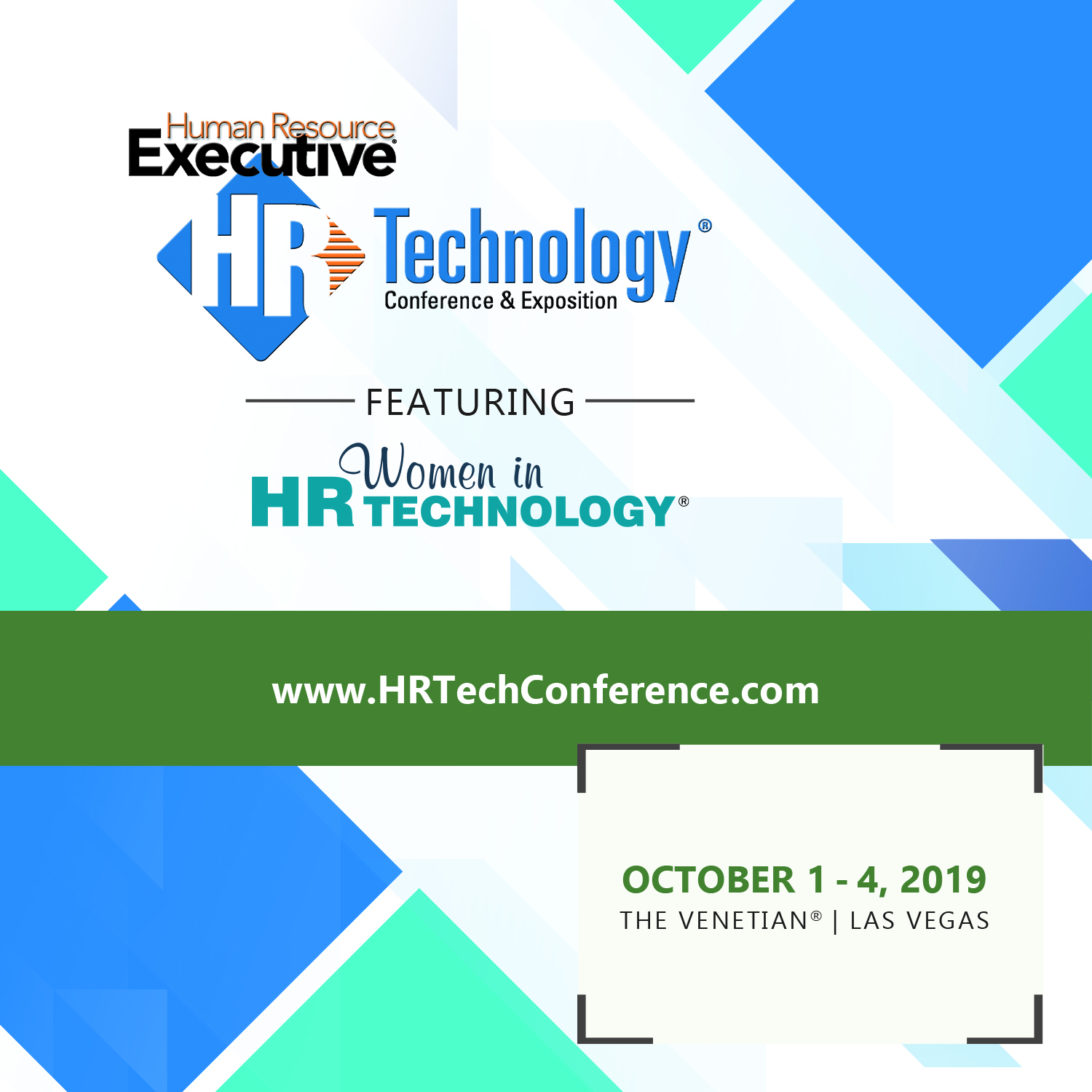
 Steve
Steve

